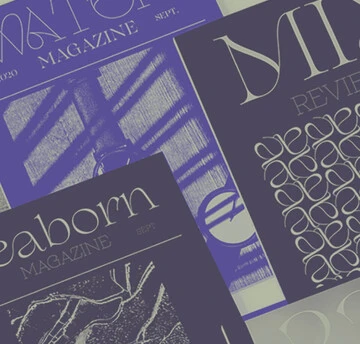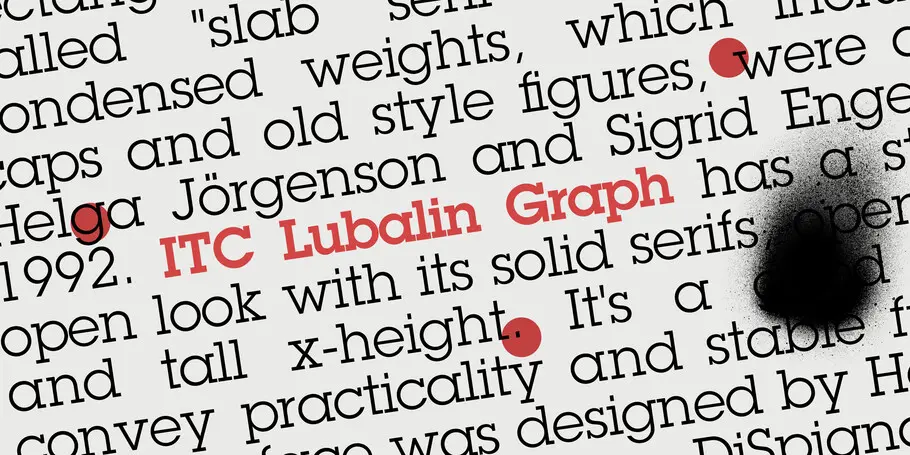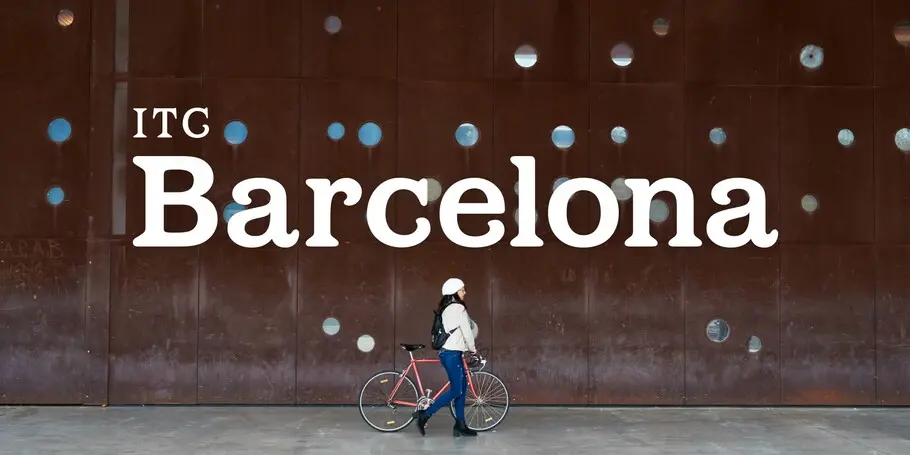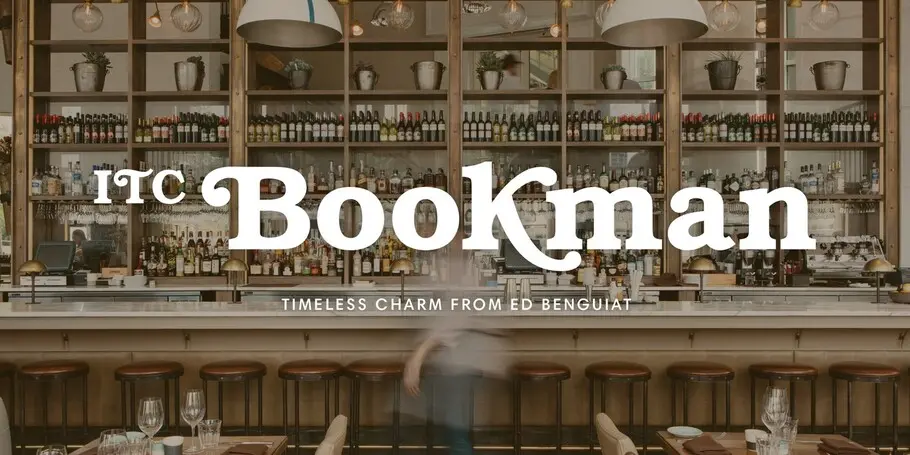Ed Benguiat, 1927-2020.
Ed Benguiat.
Ed Benguiat loved to draw letters. It’s what he did best. When he was not creating a new typeface, he could usually be found working on a piece of hand lettering or logo design for one of his many clients.
Even when Benguiat officially stopped working for the day, he was more than likely doodling, drawing, or sketching letterforms. He sketched logos and new alphabets on restaurant napkins. He doodled in Spencerian Script during business meetings. His greeting cards were always hand-lettered works of art.
Benguiat passed away Thursday, October 15, 2020. He drew over 600 typefaces in his lifetime. That’s a lot of letters! Especially when you consider that they were all drawn by hand with pencil, pen, ink and brush. He designed faces for International Typeface Corporation, for PhotoLettering Inc., and for corporate clients such as AT&T, Estée Lauder and the New York Times newspaper. Benguiat created revivals of old metal faces such as ITC Souvenir and ITC Bookman. He drew absolutely new and original designs such as ITC Benguiat, ITC Edwardian Script and ITC Avant Garde Gothic. And long before sophisticated software and type interpolation programs became available to the type design community, Benguiat was drawing large typeface families and combining two and three different types into one design. ITC Tiffany and ITC Lubalin Graph are just two examples of his ability to combine and manipulate multiple typeface designs.
Benguiat was born in Brooklyn in 1927. The son of a display director at Bloomingdale’s, he got his hands on his father’s pens, brushes, and drafting sets at an early age. As a young man, Benguiat liked music and drawing, but he also craved adventure. America was involved in World War II at the time, and adventure won out. Benguiat lied about his age and joined the Army. He then cheated on a color blindness test by memorizing the correct answers and was accepted into the Air Corps. He wanted to learn to fly, and fly he did. He was responsible for photoreconnaissance flights over Nazi-occupied Europe with a camera-equipped P-51 Mustang. He later restored and flew vintage airplanes.
When he returned to civilian life, Benguiat followed his first professional dream: to be a musician. He went to Brooklyn College and received his degree in music. He eventually began to play in clubs with professional musicians. Benguiat played drums, and was good at it. In fact, at one point Downbeat magazine declared Ed Benguiat to be the third-best drummer in the United States.
But even the third best drummer in the United States could be out of work more often than not; and Benguiat decided that he should be some other kind of artist. He enrolled in the Workshop School of Advertising Art with the intention of becoming an illustrator. Benguiat would claim that his first break as a lettering artist was basically a fluke. According to him, he was working at a studio, doing photo touch-up, and the person responsible for lettering called in sick. The studio needed a lettering job done. Benguiat said he’d take on the project. He figured he could do anything until somebody told him different. Nobody did.
Ask Benguiat about this best typeface design and he’d tell you it will be the next one. “I’ve never been satisfied with my work,” he told me once. “I want each typeface, each piece of lettering, every logo I design to be better than the last. No one climbs a mountain in a single leap, but rather step by step. My work has been as simple as that: one design, then another, always striving, always hoping that each new design will be better than those that preceded it.”
-Ed Benguiat.
Benguiat was also a teacher of the highest order. He held no secrets about his work, or what it took to create a beautiful and distinctive typeface design. Thousands of students owe success in their careers, in part, to Benguiat. And they all owe their love of the typographic arts to his energy and charisma. When he worked in New York, he taught design after hours. When he began working out of the studio in his house, he drove into the city to continue teaching. When he could no longer drive, he took a cab. When he could no longer take a cab, he stopped teaching. But that was only a few years ago.
Benguiat liked working for himself. Even during the few times when he had a 9-to-5 job, he freelanced for a variety of clients. He relished the freedom of freelancing. Benguiat has a new gig now—working for a pretty large organization—and you can bet the Pearly Gates will be sporting a new custom typeface soon. Maybe he’ll be satisfied with that design.
-Allan Haley.
















